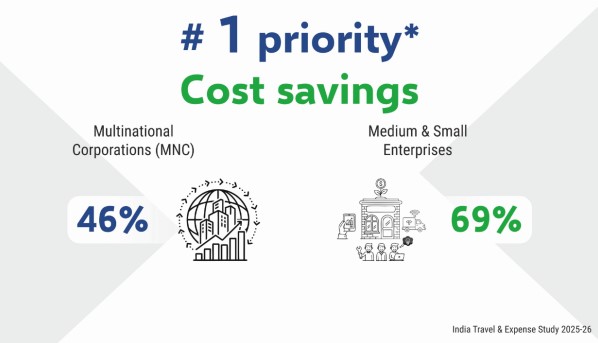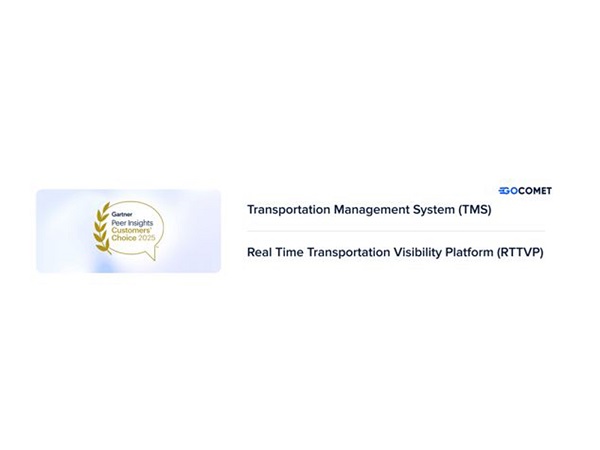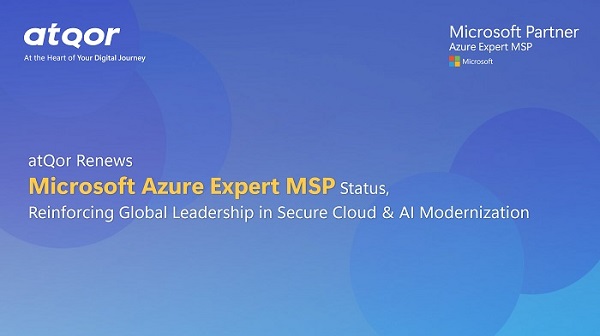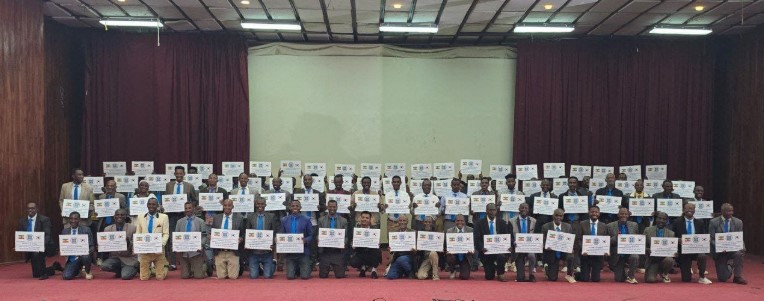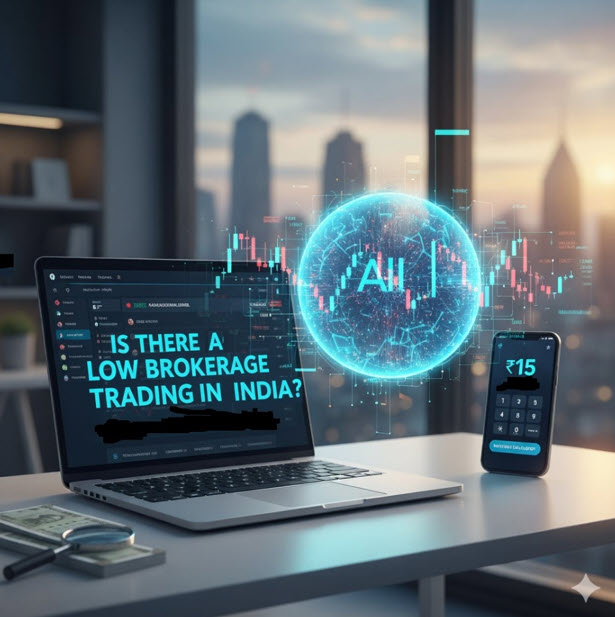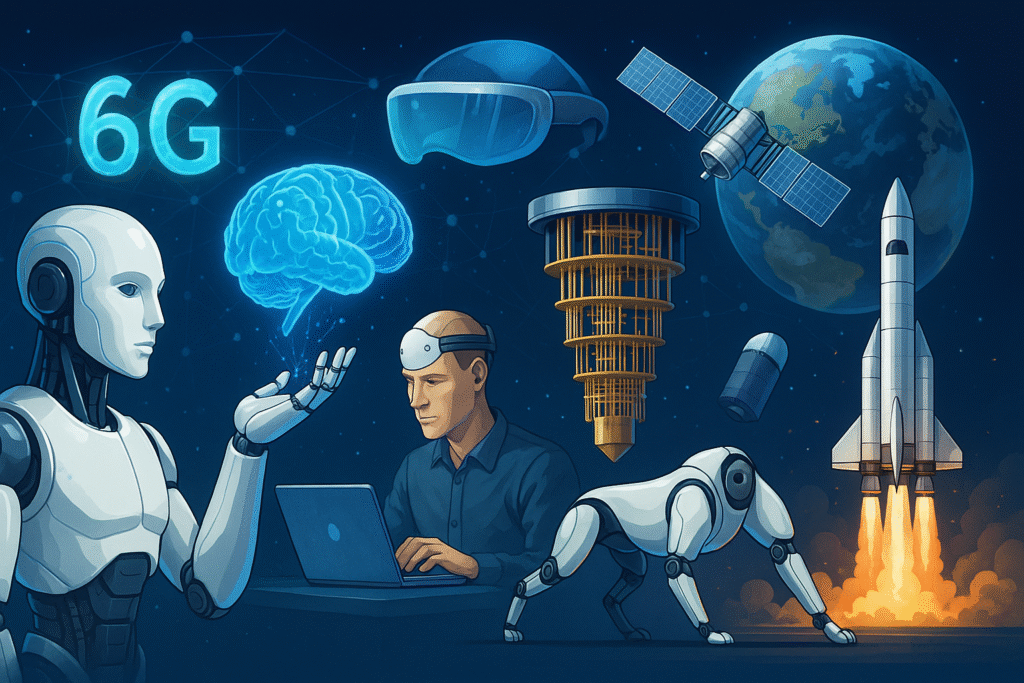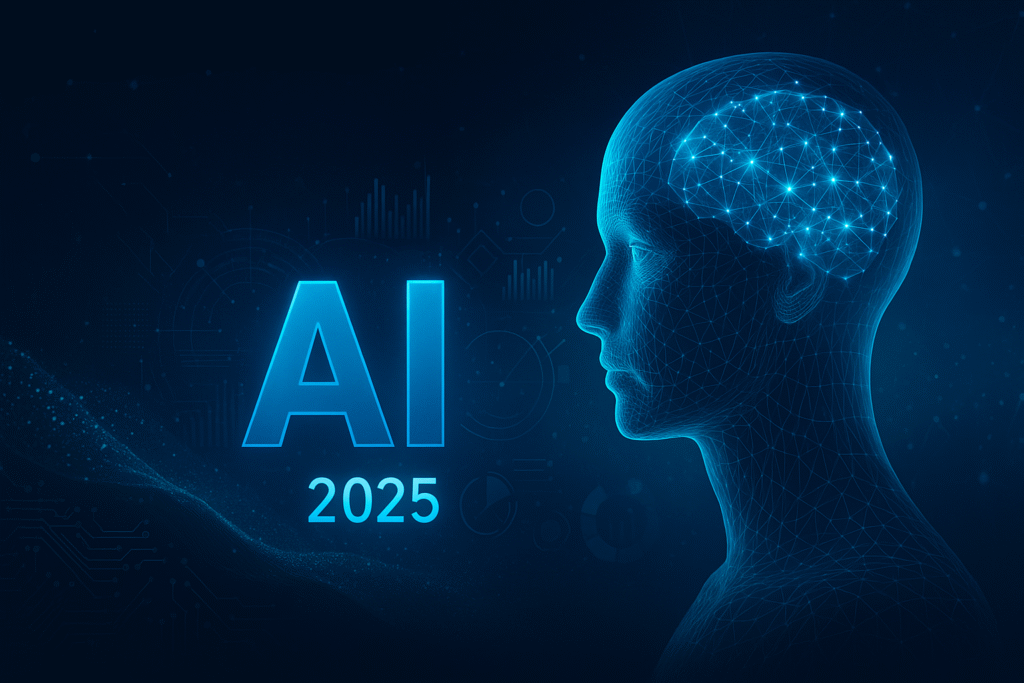Top 10 Cybersecurity Threats to Watch in 2025
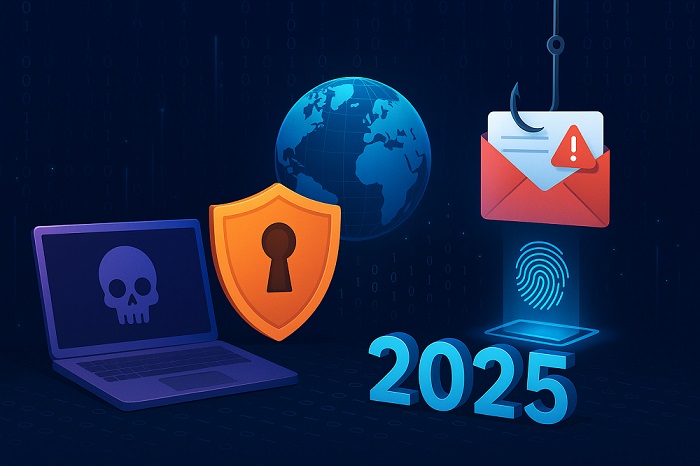
In today’s hyper-connected world, cybersecurity has become one of the most critical areas of concern for individuals, businesses, and governments alike. As technology evolves, so do the tactics of cybercriminals. The year 2025 is expected to witness a surge in sophisticated cyberattacks fueled by artificial intelligence, automation, and increasingly complex digital ecosystems. Understanding these risks is essential for staying prepared and building strong security strategies. This article explores the top 10 cybersecurity threats to watch in 2025, providing insights into how they are shaping the future of digital safety and what steps can be taken to mitigate them.
1. The Rise of AI-Driven Attacks
Artificial intelligence is revolutionizing industries, but it is also equipping hackers with new tools to execute faster, more precise, and harder-to-detect attacks. In 2025, AI-driven malware and phishing campaigns will become increasingly common, adapting in real time to bypass firewalls and antivirus systems. These attacks are especially dangerous because they learn from user behavior and tailor malicious content to appear more convincing, making it harder for victims to distinguish legitimate communication from fraudulent attempts.
2. Ransomware Evolution
Ransomware has already proven to be one of the most destructive forms of cybercrime, and its evolution is far from over. By 2025, ransomware attacks are expected to target critical infrastructure, healthcare systems, and even government operations with greater intensity. Cybercriminals are moving beyond traditional encryption-based tactics to double extortion, where they not only lock files but also threaten to leak sensitive data if the ransom is not paid. The increasing reliance on digital systems makes organizations particularly vulnerable to these high-stakes threats.
3. Quantum Computing Risks
The race to develop quantum computing brings both opportunities and dangers. While quantum technology promises groundbreaking advancements, it also threatens to break traditional encryption methods. Experts predict that by 2025, cybercriminal groups or rogue states may begin experimenting with quantum-powered attacks capable of cracking even the most advanced security algorithms. Although quantum-safe cryptography is being developed, many organizations have yet to prepare for this shift, leaving sensitive data exposed to future decryption.
4. Supply Chain Attacks
One of the fastest-growing cybersecurity threats in recent years has been supply chain attacks, and they are expected to intensify further in 2025. These attacks exploit vulnerabilities in third-party vendors, software providers, or hardware suppliers to infiltrate large organizations. The infamous SolarWinds hack showed just how devastating this method can be, and with businesses increasingly interconnected, a single compromised partner could open the door to widespread breaches. Ensuring end-to-end supply chain security will become a top priority.
5. IoT Vulnerabilities
The Internet of Things (IoT) continues to expand rapidly, from smart homes and wearable devices to industrial IoT in factories and utilities. However, many IoT devices lack proper security features, making them easy targets for hackers. In 2025, cybercriminals will exploit insecure IoT endpoints to launch large-scale distributed denial-of-service (DDoS) attacks, spy on users, or infiltrate networks. With billions of IoT devices expected to be online, strengthening security protocols and ensuring firmware updates will be essential.
6. Deepfake and Social Engineering Attacks
Deepfake technology, powered by AI, is advancing at an alarming rate, blurring the line between reality and fabrication. By 2025, cybercriminals will use deepfakes for voice and video impersonation to manipulate individuals, executives, and organizations. Combined with traditional social engineering tactics, these attacks could deceive employees into transferring funds, leaking sensitive information, or authorizing malicious access. Training and awareness will be key to defending against this new wave of digital deception.
7. Cloud Security Challenges
As businesses continue to shift to cloud-based platforms, cloud security will remain a significant concern. Misconfigured settings, weak authentication, and shared responsibility misunderstandings leave many cloud environments vulnerable. In 2025, hackers are expected to exploit cloud storage services and virtual machines to steal valuable data or deploy malware at scale. Strengthening multi-factor authentication, zero-trust policies, and continuous monitoring will help organizations secure their cloud infrastructures more effectively.
8. Critical Infrastructure Attacks
Cyberattacks on critical infrastructure such as power grids, water systems, and transportation networks pose serious risks to national security. In 2025, these attacks will likely increase in frequency and sophistication, often linked to geopolitical tensions. State-sponsored hackers may aim to disrupt essential services or cause economic damage. The consequences of such breaches extend beyond financial loss, potentially endangering lives and creating widespread chaos. Governments and private sectors must collaborate closely to safeguard these vital systems.
9. Insider Threats
Not all cyber threats come from external attackers. Insider threats, whether malicious or accidental, continue to be a significant challenge. In 2025, the rise of hybrid work models and remote access will make it easier for employees, contractors, or partners to mishandle sensitive information. Data theft, privilege misuse, and inadvertent exposure of confidential data will remain top concerns. Implementing strong access controls, monitoring systems, and employee training programs will help reduce these risks.
10. Autonomous Systems Exploitation
With the growth of autonomous vehicles, drones, and robotics, new attack surfaces are emerging. In 2025, cybercriminals may target these systems to disrupt logistics, compromise safety, or gain unauthorized surveillance access. Autonomous systems rely heavily on real-time data and connectivity, making them attractive targets for hackers aiming to manipulate operations or cause physical damage. The integration of cybersecurity into the design of autonomous technologies will be vital to ensure their safe adoption.
Conclusion
The cybersecurity landscape of 2025 is shaping up to be more complex and dangerous than ever before. From AI-driven attacks and ransomware to deepfake deception and quantum threats, the digital world faces a multitude of evolving risks. For individuals and organizations, staying vigilant, adopting zero-trust frameworks, and investing in cybersecurity awareness and technologies are no longer optional but necessary survival strategies. The future of digital security depends on proactive defense measures, constant monitoring, and global cooperation to outpace cybercriminals in this high-stakes race.
Frequently Asked Questions (FAQs)
Q1. What are the biggest cybersecurity threats in 2025?
Answer. The major threats include AI-driven attacks, ransomware evolution, quantum computing risks, supply chain vulnerabilities, IoT security issues, deepfake scams, cloud misconfigurations, critical infrastructure attacks, insider threats, and autonomous systems exploitation.
Q2. How can organizations protect themselves from ransomware in 2025?
Answer. Organizations should maintain regular data backups, implement strong access controls, use advanced threat detection systems, and educate employees on phishing awareness to reduce ransomware risks.
Q3. Why are IoT devices considered high-risk for cybersecurity?
Answer. Many IoT devices lack robust security features and receive irregular updates, making them easy entry points for hackers to access larger networks or launch large-scale cyberattacks.
Q4. What is the impact of quantum computing on cybersecurity?
Answer. Quantum computing has the potential to break traditional encryption methods, putting sensitive data at risk. Organizations must prepare by adopting quantum-resistant encryption technologies.
Q5. How important is cybersecurity awareness in 2025?
Answer. Cybersecurity awareness is critical because human error remains one of the weakest links. Training employees to recognize threats and follow best practices significantly reduces overall risk.



